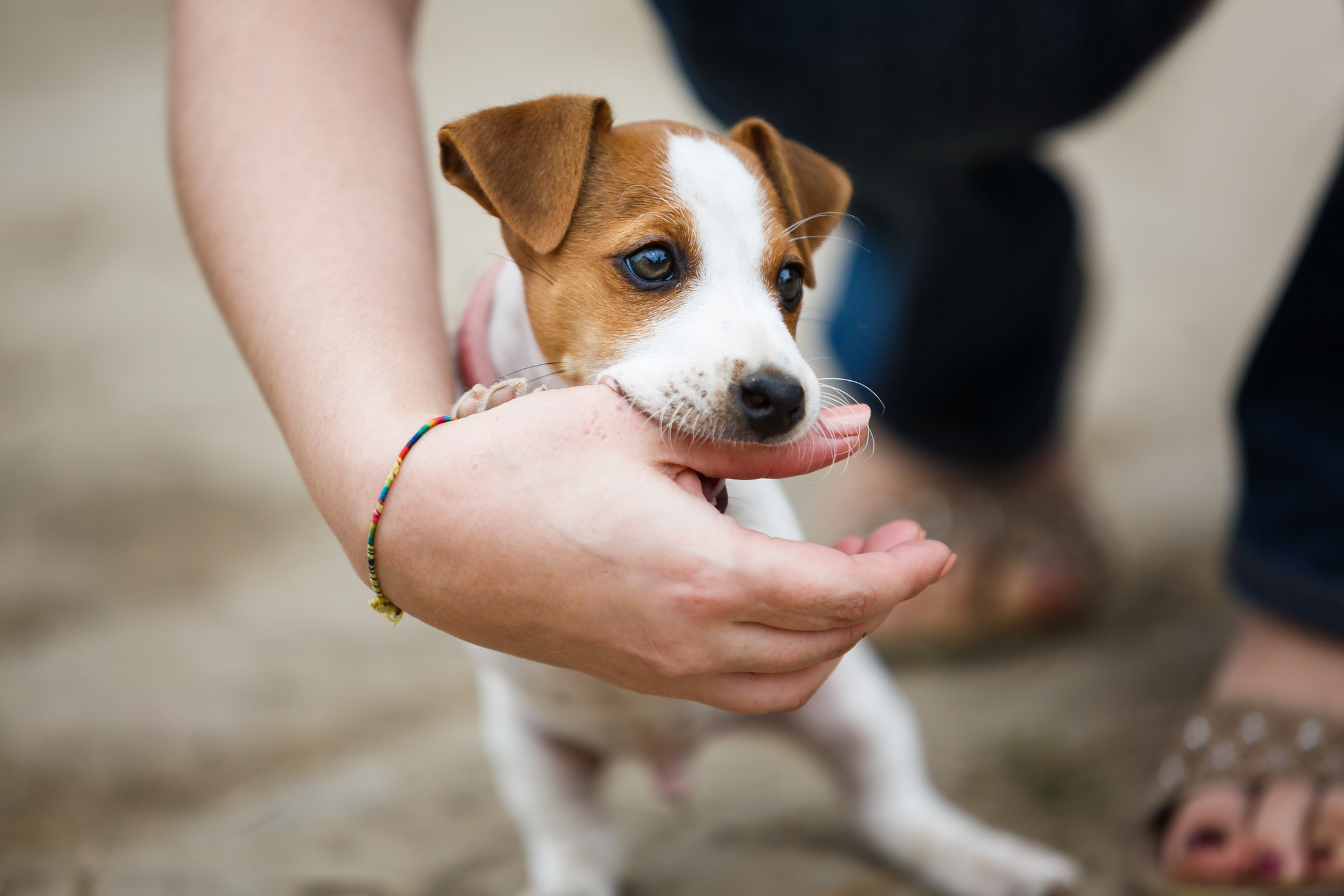How To Train A Puppy Not To Bite
Positive Techniques to Stop Puppy Biting
Why Puppies Bite and Why Training Matters
Understanding how puppies behave—and how to gently shape that behavior—is the foundation of any successful puppy training program. Puppies naturally explore the world with their mouths, so nipping and biting are normal behaviors during the early stages of development. However, these behaviors are also something every puppy parent should address from day one.
Teaching a puppy not to bite is a key part of responsible puppy parenting. It’s not just about protecting your hands and ankles—it’s about helping your puppy learn to interact respectfully with people and other dogs. With consistent guidance and positive training, you can set your puppy on the path to becoming a well-mannered, confident, and social adult dog.
Puppy Behavior: Mouthing and Biting
Mouthing is a natural puppy behavior and, much like babies putting things in their mouth, is part of the way they explore their world. It also plays a role in how puppies play with each other.
Play for dogs is ritualized aggression and mimics how they would take down prey if they were hunting. Sometimes, play leads to over-arousal, however, and this is when mouthing can turn into a bite.
Feedback from Playmates is Crucial
When mouthing turns into biting, the puppy on the receiving end will yelp, startling the puppy doing the biting and prompting them to release their “prey.”
This interaction is an essential part of the process for how a puppy learns bite inhibition, meaning their capacity to control how hard or soft they bite down on something sensitive like a playmate.
The feedback a puppy receives from its playmates lets it know when it has gone too far. This, in turn, teaches a puppy not to bite down too hard during play before it causes actual damage.
Play-Biting May Seem Harmless at First, But Becomes a Problem When Your Puppy Grows Up
It’s normal for puppies to mouth and nibble during play, but how you respond to that biting is crucial. Play-biting might seem harmless at first, but anything you allow your puppy to do to you is something it may assume is okay to do to others. To a puppy, “sometimes” can easily become “anytime.”
As your puppy’s primary caregiver, it’s your responsibility to set clear boundaries and teach which behaviors are acceptable—and which are not. Puppies grow into adult dogs quickly, and without guidance, biting can escalate into a serious problem. By teaching your puppy early that biting people is never okay, you help ensure it grows up to be a safe, well-mannered, and confident adult dog.
Positive Puppy Training Rules to Live By
Always Have a Toy Handy When Handling Your Puppy
The easiest way to prevent biting problems is to always keep a toy within reach when playing with your puppy. Toys act as a “legal bite outlet,” giving your puppy something safe to chew while helping it learn the difference between acceptable and unacceptable behaviors with humans.
Tug toys are especially effective because they provide plenty of surface area for your puppy to “attack.” If your puppy accidentally bites you, the toy gives you a clear opportunity to implement training rules, like the “Three Strikes, You’re Out” method, reinforcing bite inhibition in a fun, controlled way.
👉 Related Puppy Training Video: How To Teach A Puppy To Give Up Something In Its Mouth
Setting Boundaries: The “Three Strikes, You’re Out” Rule
Teaching your puppy bite inhibition requires clear, consistent boundaries. One effective method is the “Three Strikes, You’re Out” rule. This helps your puppy understand that biting stops play and has real consequences—without using punishment.
Here’s how it works:
Strike One:
When your puppy bites during play, immediately stop interacting. Pull your hands and the toy away and pause the play session for 10–15 seconds. You can tuck the toy under your arms, behind your back, or sit on it to clearly signal that biting ends the fun. Wait for your puppy to sit or visibly calm down before resuming play.Strike Two:
If the puppy bites again, stop play immediately, remove the toy, and stand up. Turn your back to your puppy and ignore it for a few seconds (about 10–15). Once the puppy calms down, resume play. This reinforces that biting interrupts interaction.Strike Three:
A third bite ends the game momentarily, and the toy is taken away. Take a moment to assess your puppy: Are they too amped up to play calmly? Do you need a better training toy—ideally a long tug toy that provides plenty of surface area for biting besides your hands?
If your puppy is overstimulated, they may not be able to control themselves and could bite uncontrollably. In this case, it’s best to calm them down by offering a chew toy to redirect their energy, and if needed, return them to their pen or crate for some downtime and a nap. This approach helps your puppy learn self-control while keeping play safe and positive.
By consistently applying the “Three Strikes, You’re Out” rule, your puppy quickly learns that biting is unacceptable while still keeping training positive, safe, and effective.
👉 Related Post: How To Train A Dog NOT To Do Something
Stopping a Puppy from Biting Requires Consistent Training
It’s extremely important when training a puppy not to bite on people that everyone who cares for the puppy is adopting the same measures on how to respond to play-biting.
If one person in the home thinks it’s fun and continues to let a puppy bite them during play, this will send out mixed messages to the puppy.
If you are a couple or a family raising a high-energy pup who loves to play, it’s essential that you agree on how to respond to play-biting when it happens. Puppies don’t understand sometimes!
This is why it’s a good idea to always have a toy in your hand when you play with your puppy to ensure you can actively train it on how to play acceptably with humans. The best way to avoid future unpleasantness is by never letting the puppy biting get out of control in the first place.
👉 Related Post: How To Socialize A Puppy Before Full Vaccination
Ready to Stop Puppy Biting for Good?
Learn how to teach your puppy safe, bite-free play with step-by-step guidance from certified dog trainer Alexandra Bassett.
👉 Schedule Your Free Consultation to explore our programs.
👉 Need Help Fast? Book an Online Puppy Training Session and get immediate support.
About the Author: Certified Dog Trainer Alexandra Bassett
Alexandra Bassett is the founder and head trainer at Dog Savvy, a dog training company dedicated to helping puppies and adult dogs thrive through positive, game-based training. She specializes in puppy training, as well as addressing common behavior challenges such as separation anxiety, leash reactivity, and dog aggression.
Alexandra is a Certified Professional Dog Trainer – Knowledge Assessed (CPDT-KA), and she offers in-home, private training in Salt Lake City and Park City, UT, and online dog training sessions via Zoom, making expert guidance accessible to dog owners everywhere.
👉 Schedule Your Free Consultation to speak with Alexandra and explore our programs.






